Calycina citrina
Scientific name: Calycina citrina (Hedw.) Gray
Derivation of name: Citrin- means "lemon-yellow."
Synonyms: Bisporella citrina (Batsch) Korf &
S. E. Carp., Helotium citrinum (Hedw.) Fr., Peziza
citrina Batsch.
Common name(s): Yellow fairy cups
Phylum: Ascomycota
Order: Helotiales
Family: Pezizellaceae
Occurrence on wood substrate: Saprobic; in clusters on
decaying wood; summer through fall.
Dimensions: Cups are 1-3 mm wide; stalkless or with
thick, stalk-like
base.
Sterile outer surface: Bright lemon-yellow to golden-
yellow; smooth.
Fertile inner surface: Same coloration as sterile surface;
smooth.
Edibility: Unknown
Comments: Although individually tiny, these
fungi often
occur in such large numbers that they
become quite
conspicuous.
More information at MushroomExpert.com:
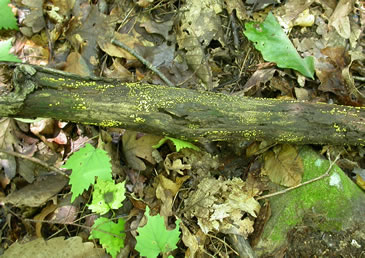
Figure 1. The bright yellow fruit bodies of Calycina citrina
are very common on decaying wood. Photo © Gary
Emberger.
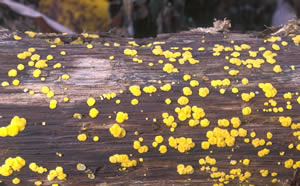
Figure 2. The color of the fruit bodies ranges from
bright lemon-yellow to golden-yellow.
Photo © Larry Grand.
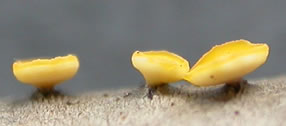
Figure 3. Calycina citrina may have a rudimentary
stalk, as shown here, or it may be stalkless.
Photo © Gary Emberger.
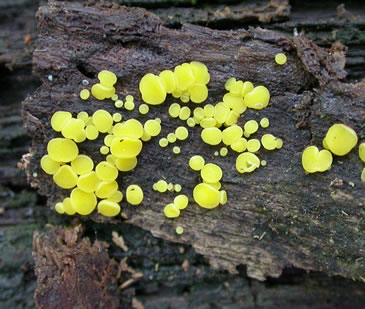
Figure 4. Yellow fairy cups typically occurs in groups or
dense clusters. Photo © Gary Emberger.
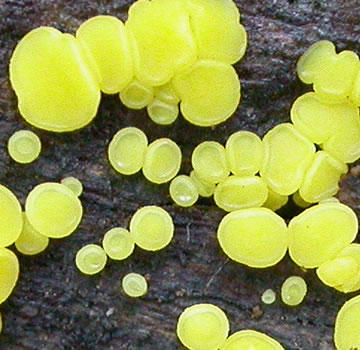
Figure 5. The fertile inner (upper) surface and outer surfaces
are the same color. Photo © Gary Emberger.
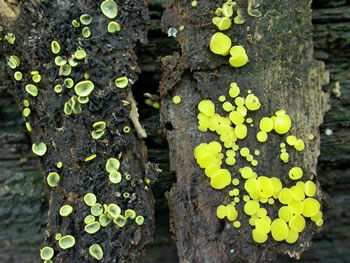
Figure 6.
Another small cup fungus, Chlorosplenium chlora,
has a bright yellow outer surface but the fertile surface
becomes greenish at maturity. Calycina citrina is on the
right
and Chlorosplenium chlora is on the left.
Photo © Gary Emberger.